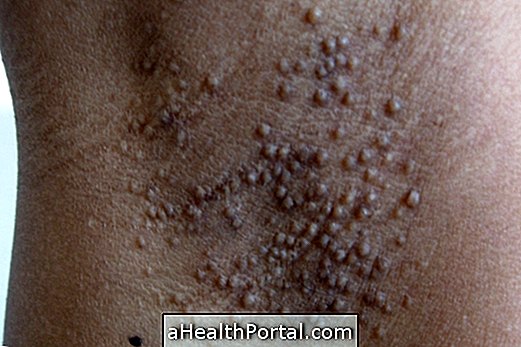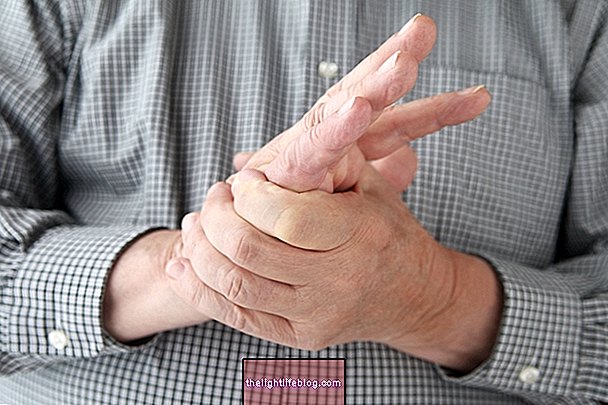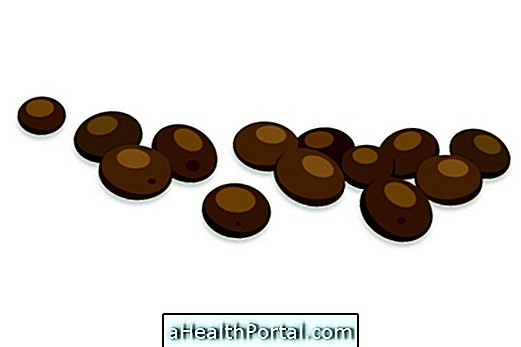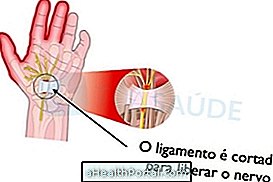Porphyria corresponds to a group of genetic and rare diseases that are characterized by the accumulation of substances producing porphyrin, which is a protein responsible for transporting oxygen into the bloodstream, being essential for the formation of heme and consequently hemoglobin. This disease mainly affects the nervous system, skin and other organs.
Porphyria is usually hereditary, or inherited from the parents, however, in some cases, the person may have the mutation but not develop the disease, it is called latent porphyria. Thus, some environmental factors may stimulate the onset of symptoms, such as sun exposure, liver problems, alcohol use, smoking, emotional stress, and excess iron in the body.
Although there is no cure for porphyria, treatment helps relieve symptoms and prevent seizures, and the doctor's recommendation is important.
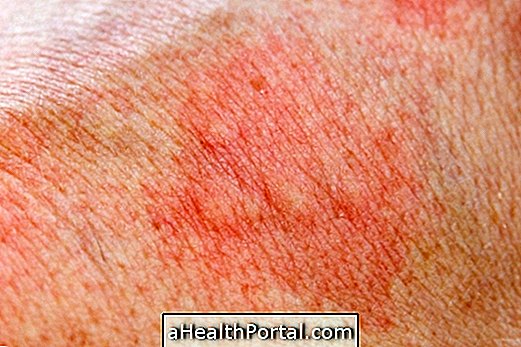
Symptoms of Porphyria
Porphyria can be classified according to clinical manifestations in acute and chronic. Acute porphyria includes the forms of the disease that cause symptoms in the nervous system and that appear quickly, which can last between 1 to 2 weeks and improve progressively. Already in the case of chronic porphyria, the symptoms no longer related to the skin and can start during childhood or adolescence and last several years.
The main symptoms are:
Acute porphyria
- Severe pain and swelling in the abdomen;
- Pain in the chest, legs or back;
- Constipation or diarrhea;
- Vomiting;
- Insomnia, anxiety and restlessness;
- Palpitations and high blood pressure;
- Mental changes, such as confusion, hallucinations, disorientation or paranoia;
- Breathing problems;
- Muscle pain, tingling, numbness, weakness or paralysis;
- Red or brown urine.
Chronic or cutaneous porphyria:
- Sensitivity to sunlight and artificial light, sometimes causing pain and burning in the skin;
- Redness, swelling, pain and itching of the skin;
- Blisters on the skin that take weeks to heal;
- Fragile skin;
- Red or brown urine.
The diagnosis of porphyria is made through clinical examinations, in which the doctor observes the symptoms presented and described by the person, and by laboratory tests, such as blood, stool and urine tests. In addition, because it is a genetic disease, a genetic test may be recommended to identify the mutation responsible for porphyria.
How is the treatment done?
The treatment varies according to the type of porphyria of the person. In the case of acute porphyria, for example, the treatment is done in the hospital with the use of medicines to relieve symptoms, as well as administering serum directly into the patient's vein to avoid dehydration and hemin injections in order to limit production of porphyrin.
In the case of cutaneous porphyria, it is recommended to avoid sun exposure and make use of medications such as beta carotene, vitamin D supplements and remedies to treat malaria, such as Hydroxychloroquine, which helps to absorb excess porphyrin. In addition, in that case, blood extraction may be performed to decrease the amount of circulating iron and, consequently, the amount of porphyrin.
